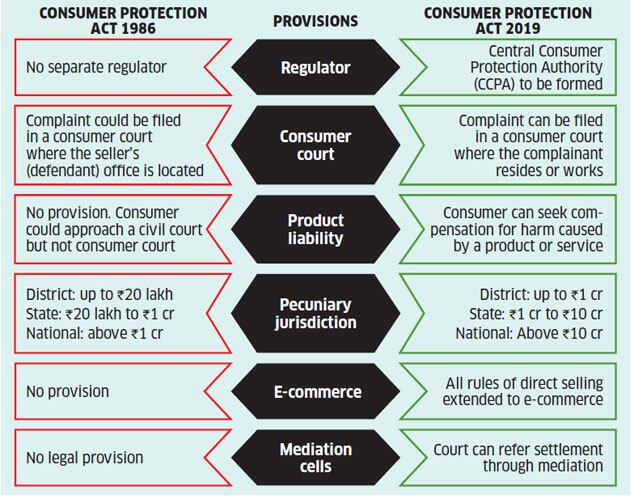Governance
Good Governance Day
Why in News
The Good Governance Day is observed on 25th December to mark the birth anniversary of former Prime Minister Atal Bihari Vajpayee.
- On this occasion, a number of initiatives have been taken by the government viz. the launch of Atal Bhujal Yojana (ATAL JAL), naming of tunnel under Rohtang Pass as Atal Tunnel and the launch of Good Governance Index (GGI).
Atal Bhujal Yojana
- The Atal Bhujal Yojana (ATAL JAL) is a central sector scheme worth Rs.6,000 crore to be implemented over 5 years for sustainable management of groundwater with community participation.
- ATAL JAL will promote panchayat led groundwater management and behavioural change with a primary focus on demand-side management.
- It is being implemented by the Ministry of Jal Shakti (earlier known as Ministry of Water Resources, River Development and Ganga Rejuvenation).
- The scheme is being funded by the Government of India and the World Bank on 50:50 basis.
- The entire World Bank's loan component and central assistance will be passed on to the States as grants.
- The identified over-exploited and water-stressed areas for the implementation of the scheme are Gujarat, Haryana, Karnataka, Madhya Pradesh, Maharashtra, Rajasthan, and Uttar Pradesh.
- The States have been selected according to the degree of groundwater exploitation and degradation, established legal and regulatory instruments, institutional readiness, and experience in implementing initiatives related to groundwater management.
Atal Tunnel
- The 8.8-kilometre-long Atal tunnel under Rohtang Pass is the world's longest tunnel above an altitude of 3,000 metres. It has a fireproof emergency tunnel built into the main tunnel itself.
- Rohtang Pass (elevation 3,978 m) is located in the state of Himachal Pradesh.
- It is present on the Pir Panjal Range of Himalayas.
- It connects the Kullu Valley with Lahaul and Spiti Valleys of Himachal Pradesh.
- The Ravi river rises west of the Rohtang pass in the Kullu hills of Himachal Pradesh.
- It will provide all-weather connectivity to remote border areas of Himachal Pradesh and Ladakh which otherwise remained cut off from the rest of the country for about six months during winters.
- The tunnel will help to promote tourism in the region.
Good Governance Index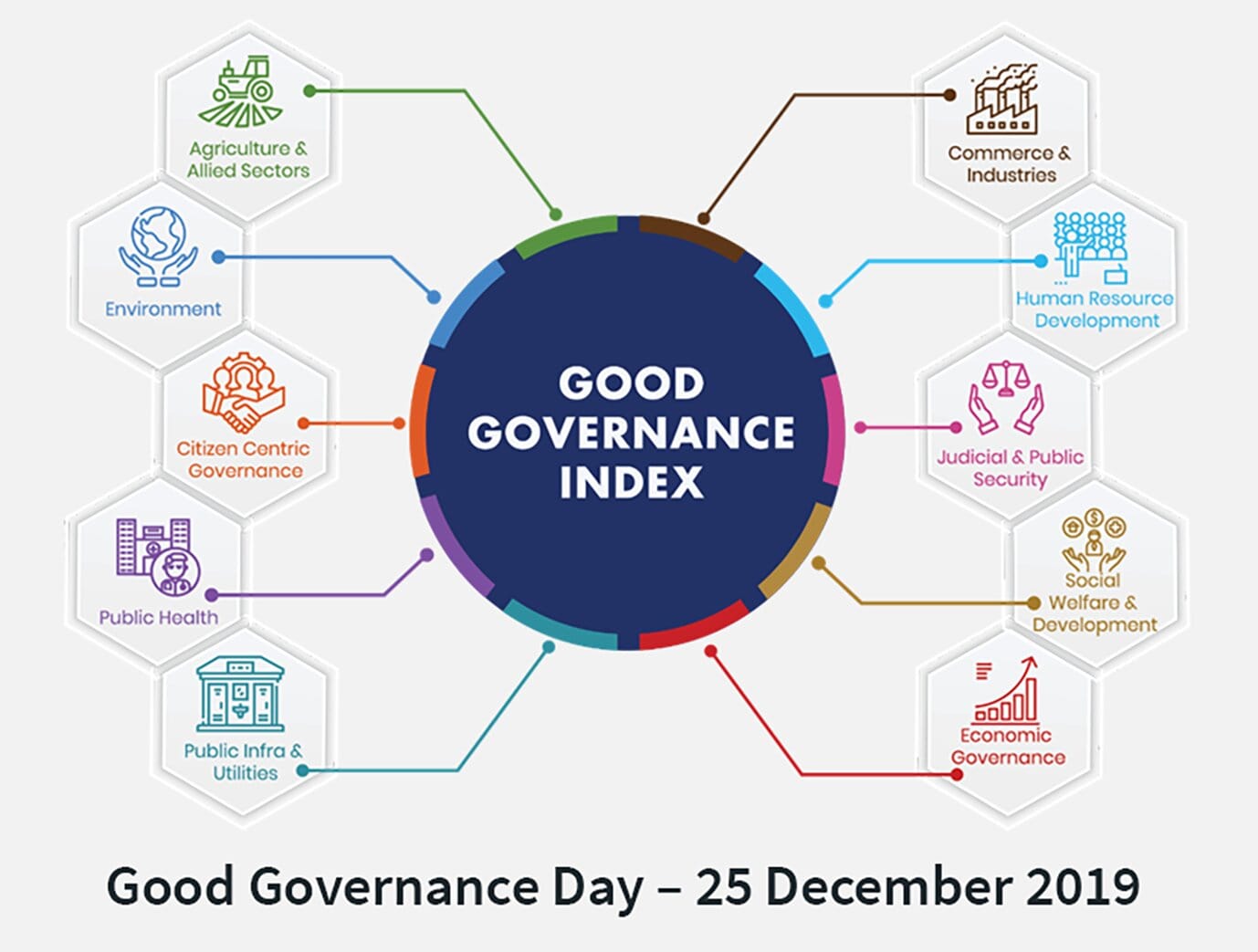
- The Good Governance Index (GGI) has been launched by the Ministry of Personnel, Public Grievances & Pensions to determine the status of governance in the country.
- It assesses the impact of various interventions taken up by the State Government and UTs.
- Objectives of GGI:
- Provide quantifiable data to compare the State of Governance in the States and UTs.
- Enable States and UTs to formulate and implement suitable strategies for improving governance.
- Shift to result-oriented approaches and administration.
- The GGI takes into consideration the following ten sectors:
- Agriculture and Allied Sectors,
- Commerce & Industries,
- Human Resource Development,
- Public Health,
- Public Infrastructure & Utilities,
- Economic Governance,
- Social Welfare & Development,
- Judicial & Public Security,
- Environment
- Citizen-Centric Governance
- The States and UTs are divided into three groups — the Big States, North-East and Hill States, and Union Territories.
- Findings of GGI:
- Big States: Tamil Nadu topped the index followed by Maharashtra, Karnataka, Chhattisgarh and Andhra Pradesh whereas Odisha, Bihar, Goa, Uttar Pradesh and Jharkhand are poor performers.
- North-East and Hill States: Himachal Pradesh ranked first, followed by Uttarakhand, Tripura, Mizoram and Sikkim. Jammu and Kashmir, Manipur, Meghalaya, Nagaland, and Arunachal Pradesh are the worst performers in this group.
- Union Territories: Puducherry is the best-governed UT followed by Chandigarh and Delhi. Lakshadweep is the worst performing UT.
Atal Bihari Vajpayee
- Atal Bihari Vajpayee was born on December 25, 1924 in the erstwhile princely state of Gwalior (now a part of the Indian State of Madhya Pradesh).
- He entered in national politics during the Quit India Movement of 1942 which hastened the end of British colonial rule.
- He was the Prime Minister of the country in 1996 (for a short period of time) and 1999. He is the first Prime Minister since Pandit Jawaharlal Nehru to have become Prime Minister of India with two successive mandates.
- He has been elected to the Lok Sabha nine times and to the Rajya Sabha twice. In 1994, he was named India’s ‘Best Parliamentarian.’
- He was conferred with the country's highest civilian honour, the Bharat Ratna in 2015 and second-highest civilian honour, the Padma Vibhushan in 1994.
Indian History
Madan Mohan Malaviya Jayanti
Why in News
The Prime Minister of India paid tribute to Pt. Madan Mohan Malaviya on his 158th birth anniversary (25th December, 2019).
Pt. Madan Mohan Malaviya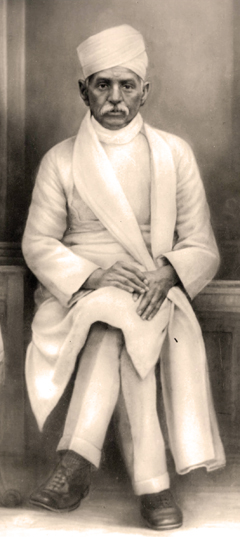
- Born on 25th December 1861, in Allahabad (now Prayagraj) in Uttar Pradesh, Malviya played a key role in the Indian independence struggle against British rule and founded the Banaras Hindu University (BHU) in 1916.
- He is also remembered for his role in ending the Indian indenture system, especially in the Caribbean.
- Indentured labour was a system of bonded labour that was instituted following the abolition of slavery in 1833.
- Indentured labour were recruited to work on sugar, cotton and tea plantations, and rail construction projects in British colonies in West Indies, Africa and South East Asia.
- He popularized the term ‘Satyamev Jayate’. However, the phrase originally belongs to the Mundaka Upanishad. The term now is the national motto of India.
- He was given the title of ‘Mahamana’ by Mahatma Gandhi and the second President of India, Dr. S. Radhakrishnan gave him the status of a ‘Karmayogi’.
- Devnagri was introduced in the British-Indian courts because of Malviya’s efforts with the British government. This is still considered as one of his greatest achievements.
- Madan Mohan Malviya was expelled from the Brahmin community for expressing his views on caste discrimination and Brahmanical patriarchy. He worked immensely for Hindu-Muslim unity. He is known to have given famous speeches on communal harmony.
- He helped establish the Hindu Mahasabha (“Great Society of Hindus”) in 1906, which brought diverse local Hindu nationalist movements together.
- Malaviya’s consciousness toward the public led to the launch of his own Hindi-language weekly, the Abhyudaya (1907); the Leader of Allahabad, an English-language daily (1909); and the Hindi monthly the Maryada (1910). He also served as the chairman of the board of Hindustan times and facilitated the launch of its Hindi edition.
- He died on 12th November, 1946, at the age of 84.
- In 2014, he was posthumously conferred with Bharat Ratna, the country's highest civilian award.
Agriculture
Locust Invasion in Gujarat
Why in News
The migratory insect - locust has swarmed the northern parts of Gujarat, causing significant damage to agriculture.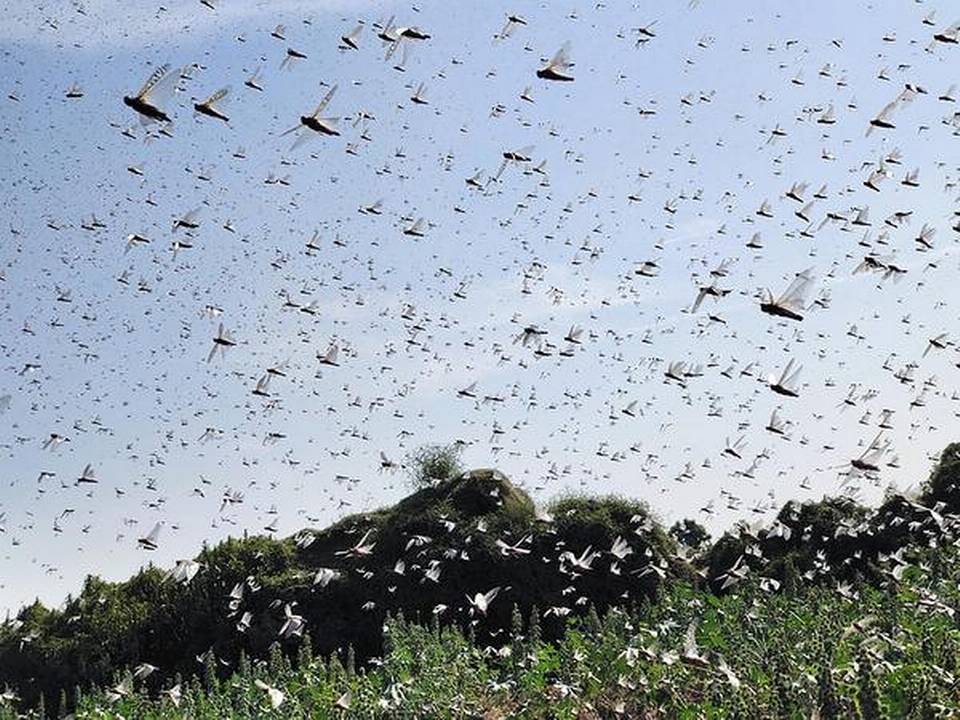
- The locusts, known as tiddis locally, destroyed standing crops of castor, cumin, jatropha, cotton, and potato, and fodder grass in around 20 talukas.
- Gujarat has not witnessed such an invasion of locusts since 1993-94.
- The locusts emerged in February 2019 from Sudan and Eritrea in Africa's Red Sea Coast and travelled through Saudi Arabia and Iran to enter Pakistan, where they invaded the Sindh province and from there they moved into Rajasthan and Gujarat, where south western monsoon had prolonged this time.
- The UN Food and Agriculture Organisation (FAO) had issued an alert of a massive locust attack in South Asia covering Pakistan and India.
- The Locust Warning Organization (LWO) in Jodhpur also noticed the swarms and predicted their trajectory across the international border.
Locust
- A locust is a large, mainly tropical grasshopper with strong powers of flight. They differ from ordinary grasshoppers in their ability to change behaviour (gregarize) and form swarms that can migrate over large distances.
- Locusts are generally seen during the months of June and July as the insects are active from summer to the rainy season.
- Locusts have a high capacity to multiply, form groups, migrate over relatively large distances (they can fly up to 150 km per day). They can rapidly reproduce and increase some 20-fold in three months.
- Threat to Vegetation: Locust adults can eat their own weight every day, i.e. about two grams of fresh vegetation per day. A very small swarm eats as much in one day as about 35,000 people, posing a devastating threat to crops and food security.
- FAO provides information on the general locust situation to the global community and gives timely warnings and forecasts to those countries in danger of invasion.
- Locust Warning Organisation (LWO), Directorate of Plant Protection Quarantine and Storage, Ministry of Agriculture & Farmers Welfare, is responsible for monitoring, survey and control of Desert Locust in Scheduled Desert Areas mainly in the States of Rajasthan and Gujarat.
Biodiversity & Environment
Bar-headed Goose Spotted in Kerala
Why in News
A Bar-headed Goose has been spotted in the wetlands of Karingali Puncha in Pathanamthitta District of Kerala.
- In general, large flocks visit the Koonthankulam bird sanctuary at Tirunelveli in Tamil Nadu. It is very rare that the bird is spotted in Kerala.
- The wetlands of Karingali Puncha is a major birding spot in the district. It reported the highest bird count in the Asian Waterbird Census of 2015.
Bar-headed Goose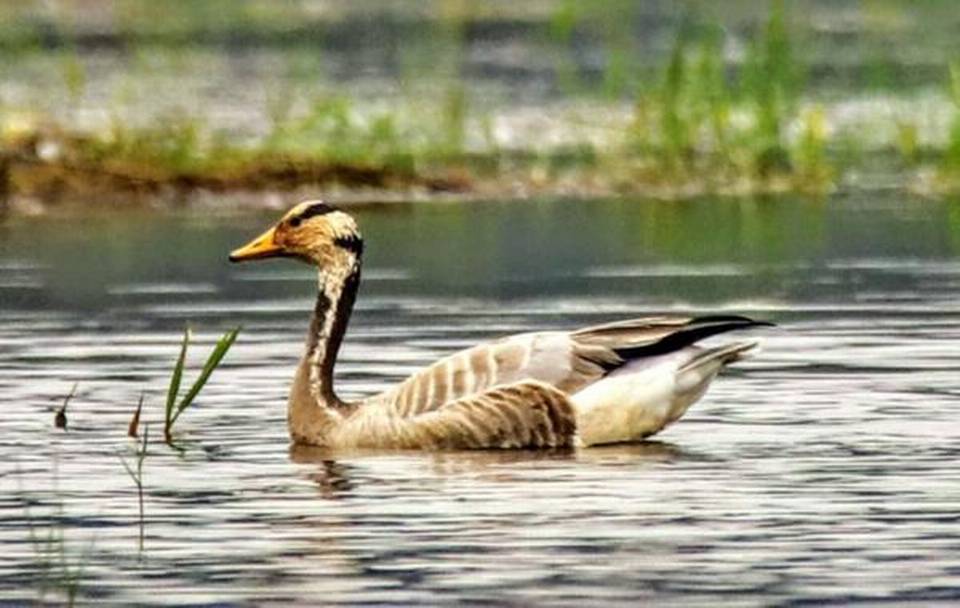
- Scientific Name: Anser Indicus
- Habitat
- Bar-headed geese are found in central China and Mongolia and they breed there.
- They start migration to the Indian sub-continent during the winter and stay till the end of the season.
- Special Feature
- They are one of the birds which can fly even at very high altitude. They come to India and return to their homes by crossing the Himalayan ranges - one of the most high-altitude migrations in the world.
- The capacity of bar-headed geese to transport and consume oxygen at high rates in hypoxia distinguishes this species from similar lowland waterfowl.
- IUCN Status: Least Concern
Note
Hypoxia: It is a condition of the body in which the tissues are starved of oxygen.
Asian Waterbird Census
- Every January, thousands of volunteers across Asia and Australasia visit wetlands in their country and count waterbirds. This citizen science programme is the Asian Waterbird Census (AWC).
- The AWC was initiated in 1987 in the Indian subcontinent. The census covers the entire East Asian – Australasian Flyway and a large part of the Central Asian Flyway.
- The main objective is to obtain annual information of waterbird populations at wetlands in the region, the status of wetlands, and encourage interest in waterbirds and wetlands among the public and thereby promote conservation.
- The AWC is an integral part of the global waterbird monitoring programme, the International Waterbird Census (IWC), coordinated by Wetlands International.
Koonthankulam Bird Sanctuary
- Situated in Tamil Nadu, it was declared as a sanctuary in 1994.
- It is an important protected area known for the congregation of migratory and local water birds – the grey pelican, the painted stork, the greater flamingo, the bar-headed goose, the open bill stork, the black ibis and other common species like egrets, cormorants and herons, among others.
Important Facts For Prelims
Amur Falcon
- Amur falcons, the world’s longest travelling raptors start travelling with the onset of winters.
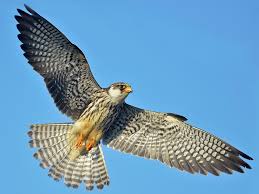
- The raptors breed in southeastern Siberia and northern China, and migrate in millions across India and then over the Indian Ocean to southern Africa before returning to Mongolia and Siberia. Their 22,000-kilometre migratory route is one of the longest amongst all avian species.
- They get their name from the Amur River that forms the border between Russia and China.
- Doyang Lake in Nagaland is better known as a stopover for the Amur falcons during their annual migration from their breeding grounds to warmer South Africa. Thus, Nagaland is also known as the “Falcon Capital of the World,”.
- The birds are the least concern under the International Union for Conservation of Nature (IUCN) Red List, but the species is protected under the Indian Wildlife Protection Act, 1972, and the Convention on Migratory Species, to which India is a signatory (which means it is mandatory to protect the birds).
Important Facts For Prelims
Hoolock Gibbon
- The tailless Hoolock Gibbon is the only ape found in India.
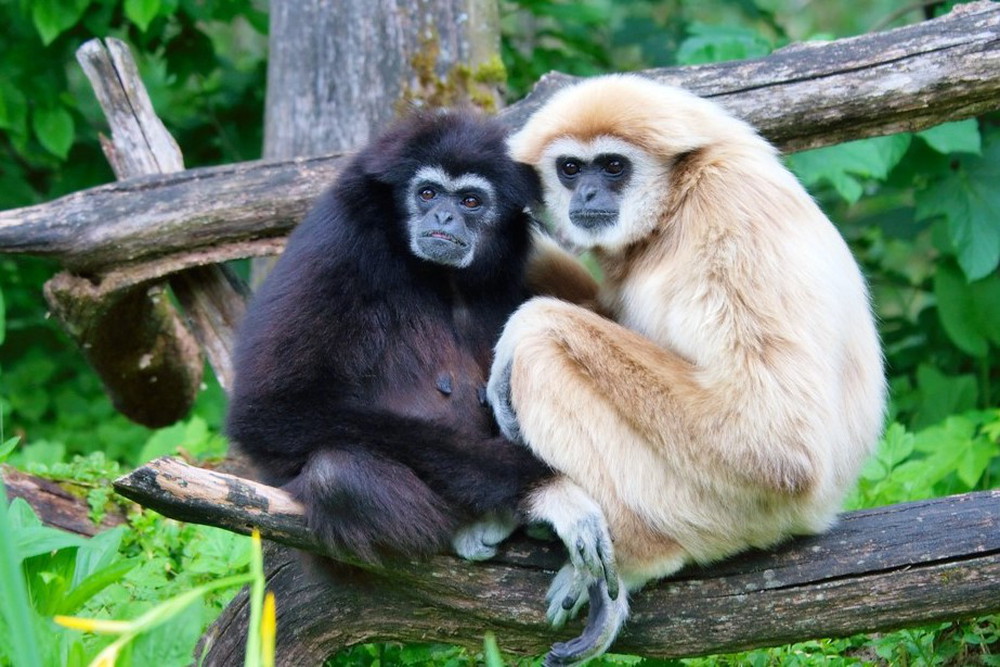
- The primate is native to eastern Bangladesh, Northeast India and Southwest China.
- The Hoolock Gibbon is categorised into two types:
- Western hoolock gibbon:
- It inhibits in all the states of the north-east, restricted between the south of the Brahmaputra river and east of the Dibang river. And outside India, it is found in eastern Bangladesh and north-west Myanmar.
- It is listed as Endangered under the International Union for Conservation of Nature (IUCN) Red List.
- Eastern hoolock gibbon:
- It inhabits specific pockets of Arunachal Pradesh and Assam in India, and in southern China and north-east Myanmar outside India.
- It is listed as Vulnerable under the IUCN Redlist.
- Western hoolock gibbon:
- In India, both the species are listed on Schedule 1 of the Indian (Wildlife) Protection Act 1972.
Important Facts For Prelims
Kalka - Shimla Heritage Route
Why in News
The Indian Railways has started a seven coach glass-enclosed vistadome train (Him Darshan Express) on the heritage Kalka-Shimla route. The train will provide passengers a panoramic view of the hilly region.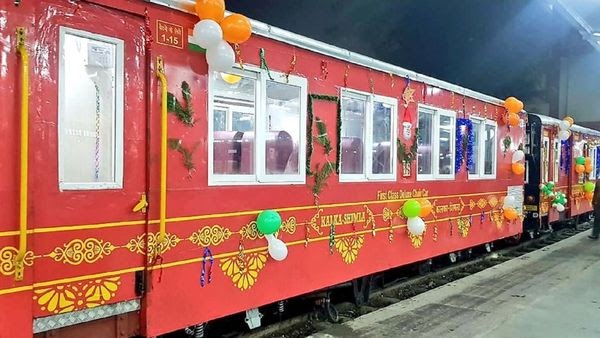
- Luxurious coaches with glass ceiling are termed as Vistadome coaches. These have see-through window screens.
- The Kalka Shimla railway line was declared a UNESCO world heritage site in 2008 and was listed under “Mountain Railways of India”. It has been a great tourist attraction since then.
- The Mountain Railway of India, besides Kalka - Shimla Railway, consists of two other railways:
- The Darjeeling Himalayan Railway located in the foothills of the Himalayas in West Bengal (Northeast India)
- The Nilgiri Mountain Railways located in the Nilgiri Hills of Tamil Nadu (South India).
- The Mountain Railway of India, besides Kalka - Shimla Railway, consists of two other railways:
- The Kalka Shimla Railway is a 96.6 kilometer long, single track working rail link built in the mid-19th century to connect Shimla.
Important Facts For Prelims
National Consumer Day
- Every year, 24th of December is observed as National Consumer Day in India. The theme of 2019 is “Alternate consumer grievance/dispute redressal”.
- On this day the Consumer Protection Act, 1986 had received the assent of the President and came into effect.
- It is observed to highlight the importance of the consumer movement and the need to make every consumer more aware of their rights and responsibilities.
- The World Consumer Rights Day is observed on 15 March.
- The Consumer Protection Act, 2019 was passed by the Parliament in August 2019 to replace the Consumer Protection Act, 1986.
Important Facts For Prelims
Typhoon Phanfone
Why in News
The Philippines was hit by typhoon Phanfone on 25th December 2019.
- Typhoon Phanfone is known as Ursula in the local language in the Philippines.
- It is the second typhoon after typhoon Kammuri which hit the Philippines recently.
- Phanfone is following a similar path as Super Typhoon Haiyan, which had hit the country in 2013.
- Typhoon is a region-specific name of the Tropical Cyclone (swirling system of clouds and thunderstorms that originates over tropical or subtropical oceans).
- The Philippines is the first major landmass facing the Pacific cyclone belt. It is hit by about 20 storms and typhoons each year.
Tropical Cyclone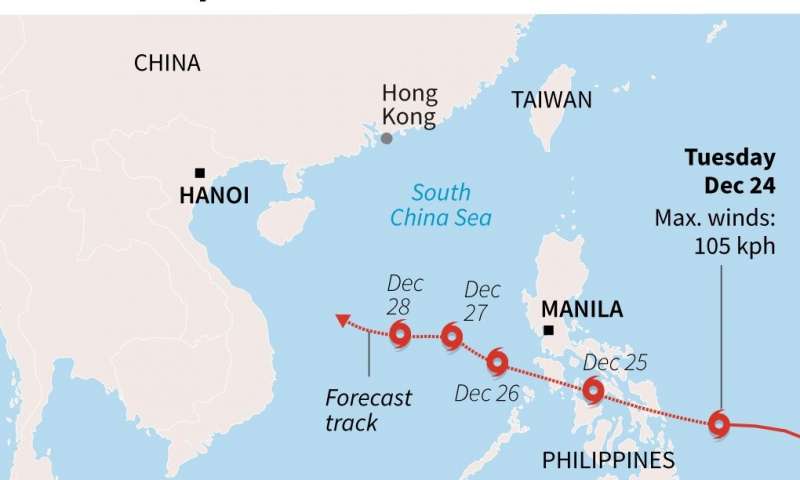
- Cyclone is the formation of a very low-pressure system with very high-speed winds revolving around it. Factors like wind speed, wind direction, temperature and humidity contribute to the development of cyclones.
- Cyclones are called 'Hurricanes' in the North Atlantic and Eastern Pacific, 'Typhoons' in South-East Asia and China and ‘Tropical Cyclones’ in the South-West Pacific and Indian Ocean Region.

